At theSwiss Institute in Rome, Con lo zucchero in bocca (With Sugar in My Mouth), a group exhibition that brings together eight contemporary artists and reflects on the relationship between sweetness, desire and the exploitation of resources, has kicked off. The exhibition is on view until July 6, 2025 in the spaces of Villa Maraini, a historic Roman mansion now home to the Institute.
Curated by Lucrezia Calabrò Visconti, Head Curator of the Swiss Institute, the exhibition starts from a simple and familiar element, sugar, to explore the ways in which collective narratives sweeten the processes of conquest, domestication and consumption of nature and its inhabitants. The origin of this reflection lies in the very history of the place that hosts the project: in fact, the villa was owned by Carolina Maraini-Sommaruga and EmilioMaraini, a Ticino entrepreneur among the pioneers of beet sugar production in Italy. The works presented, some new and some existing, range from painting, sculpture, installation and film.
The artists involved are Gianfranco Baruchello, Binta Diaw, Gina Fischli, Pauline Julier, Oz Oderbolz, Sergio Rojas Chaves, VirginieSistek and Milva Stutz. Through a plurality of approaches, including historical references, autobiographical narratives and fictional accounts, the works deconstruct the reassuring aesthetic that often accompanies the representation of the natural. The habitual imagery associated with nature is challenged in an attempt to liberate it from a naive, conciliatory or purely escapist gaze. Familiar images, domestic materials and common cultural references are reworked to reveal their critical potential.
The title of the exhibition invokes a physical sensation, evoking the concrete experience of sugar in the mouth. The materials used in the works, such as furniture or food, appear in distorted, alienating forms, removed from their context of everyday use and reused to question the systems of meaning that surround them. The exhibition thus operates a tension between the microscopic and macroscopic dimensions, between what may be small enough to escape view, like sugar dust, and what takes on cosmic proportions, like a galaxy. The selection of works moves along an axis that connects body and matter, affects and territories. Sweetness, as a sensation, becomes a vehicle to talk about something else: desire, consumption, exploitation, colonialism. From this perspective, the production and extraction of resources are not treated from an economic or historical perspective in the strict sense, but as elements within a broader cultural discourse that includes symbols, representations and shared perceptions. The exhibition is part of the Swiss Institute’s curatorial program, which is supported by a network of organizations and institutions including the Swiss Cultural Foundation Pro Helvetia, the State Secretariat for Education, Research and Innovation, the Federal Office for Construction and Logistics, EFG, Canton Ticino, the City of Lugano and the University of Lugano.
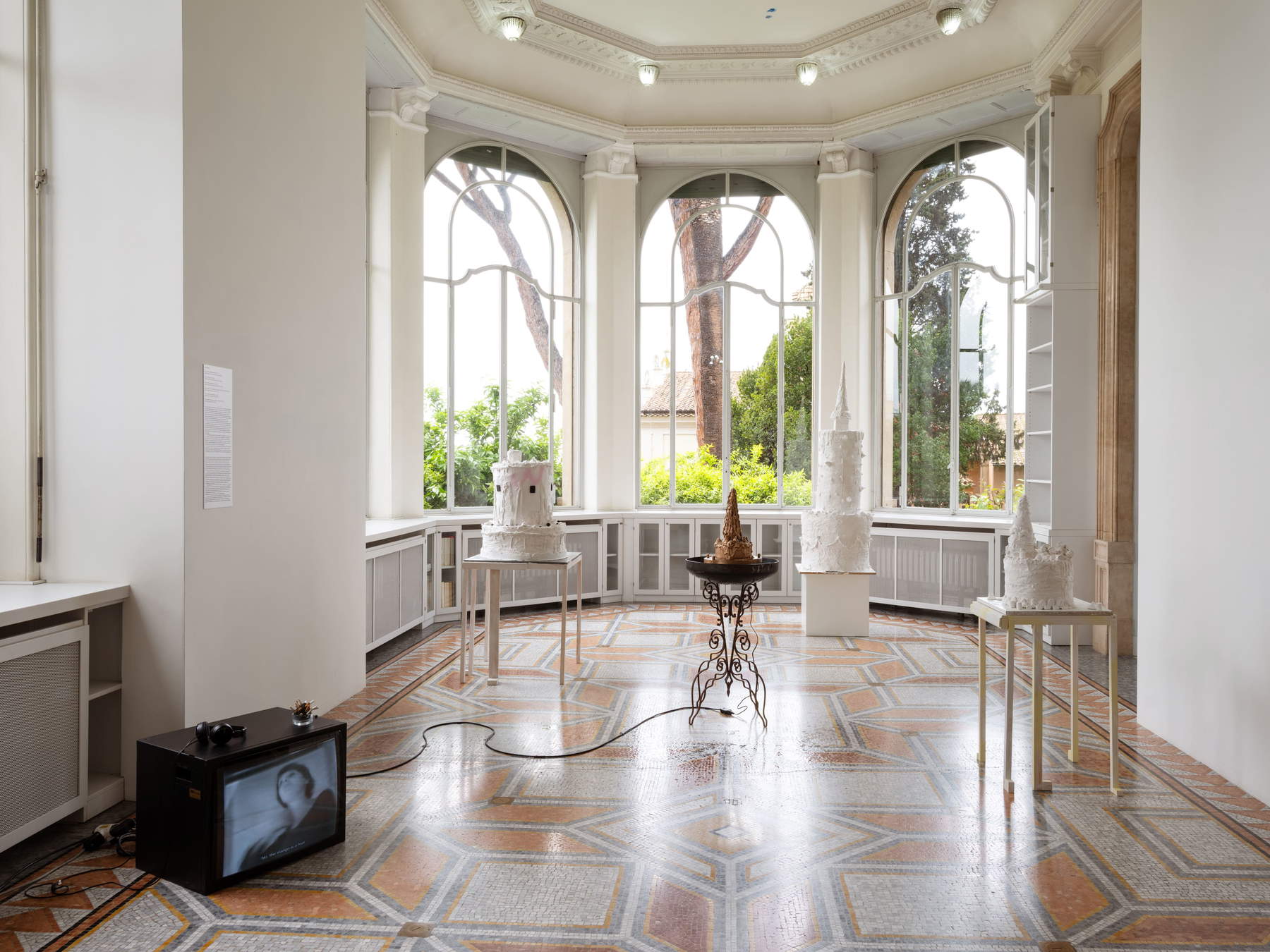
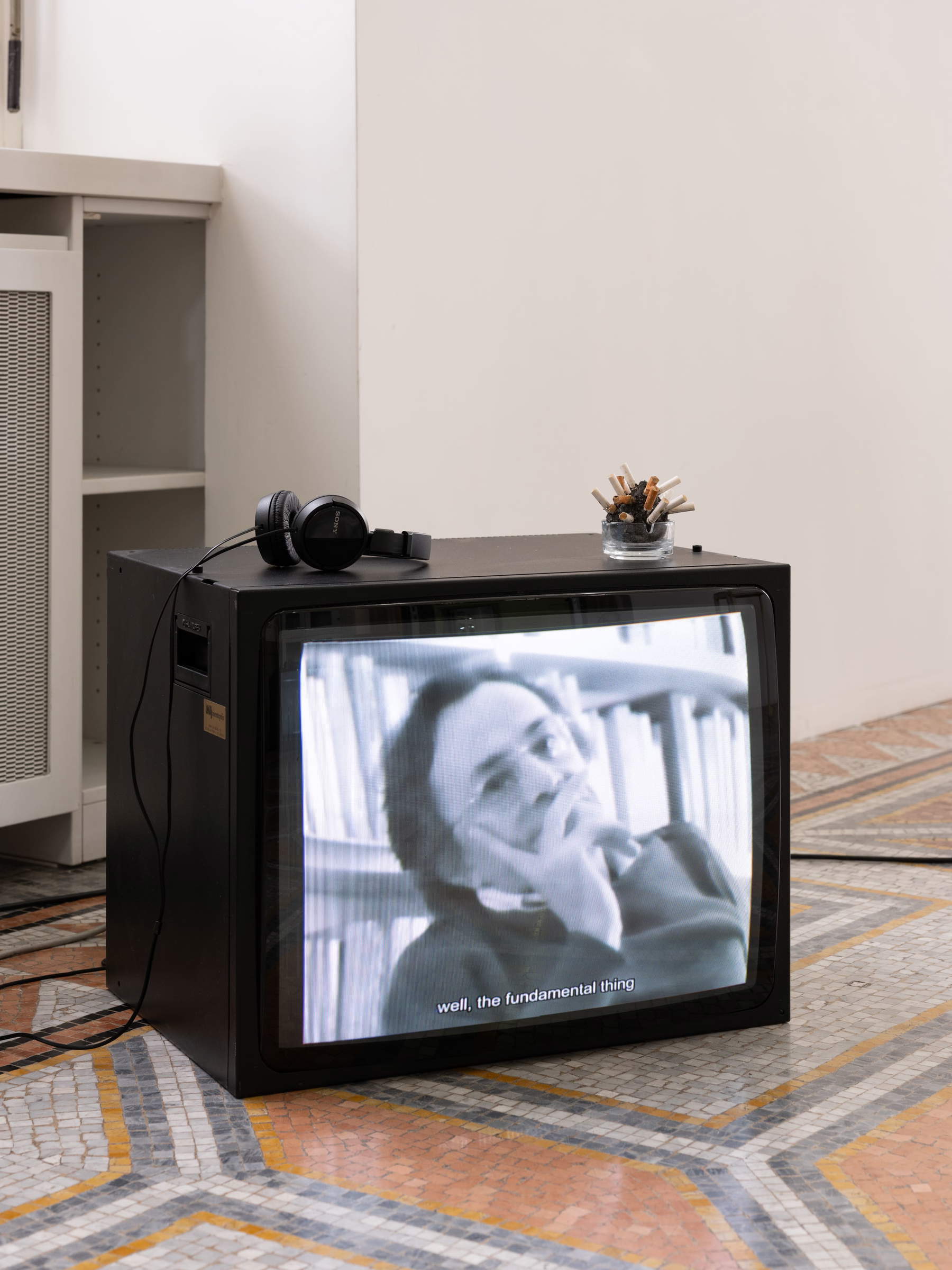
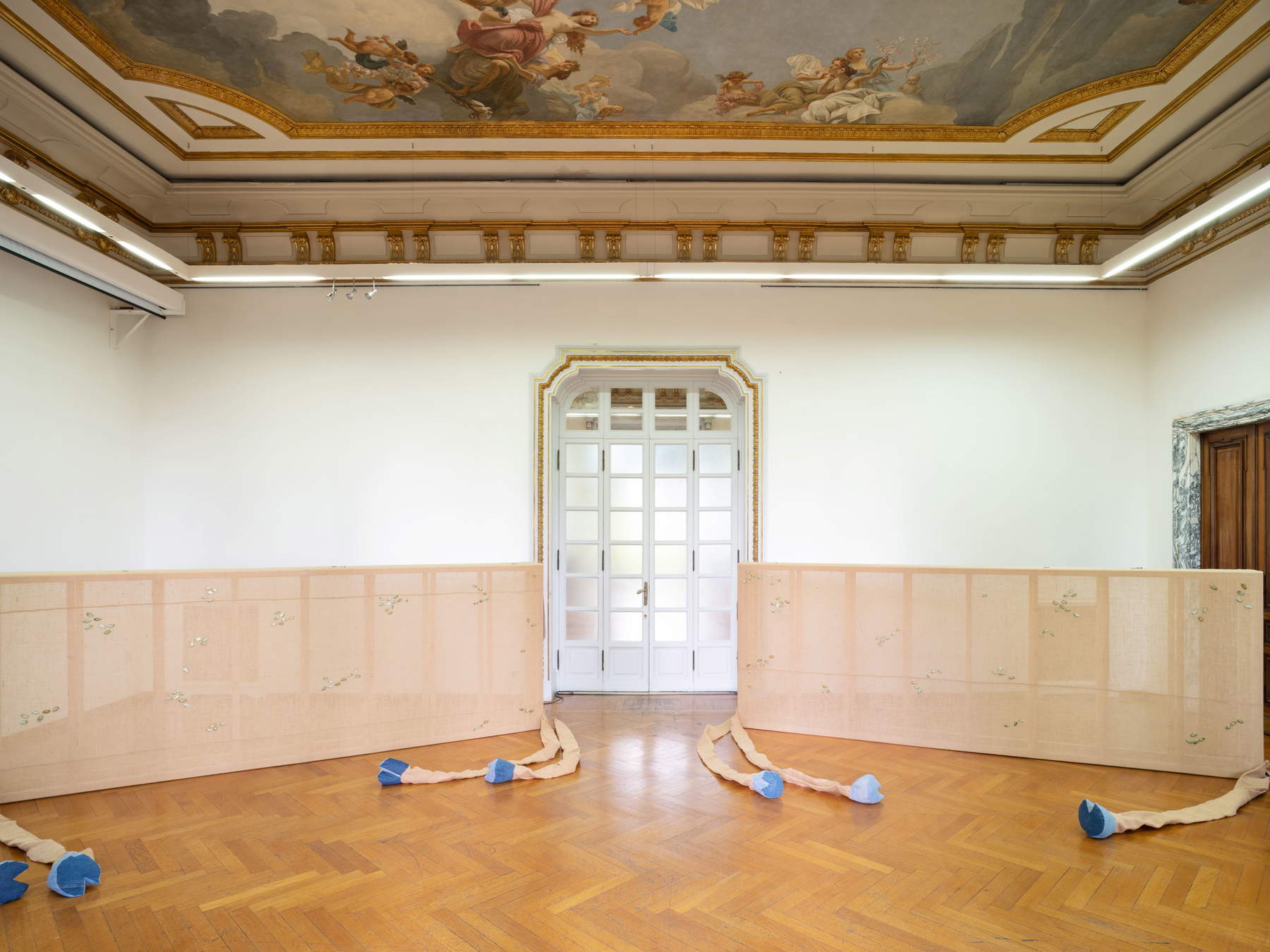
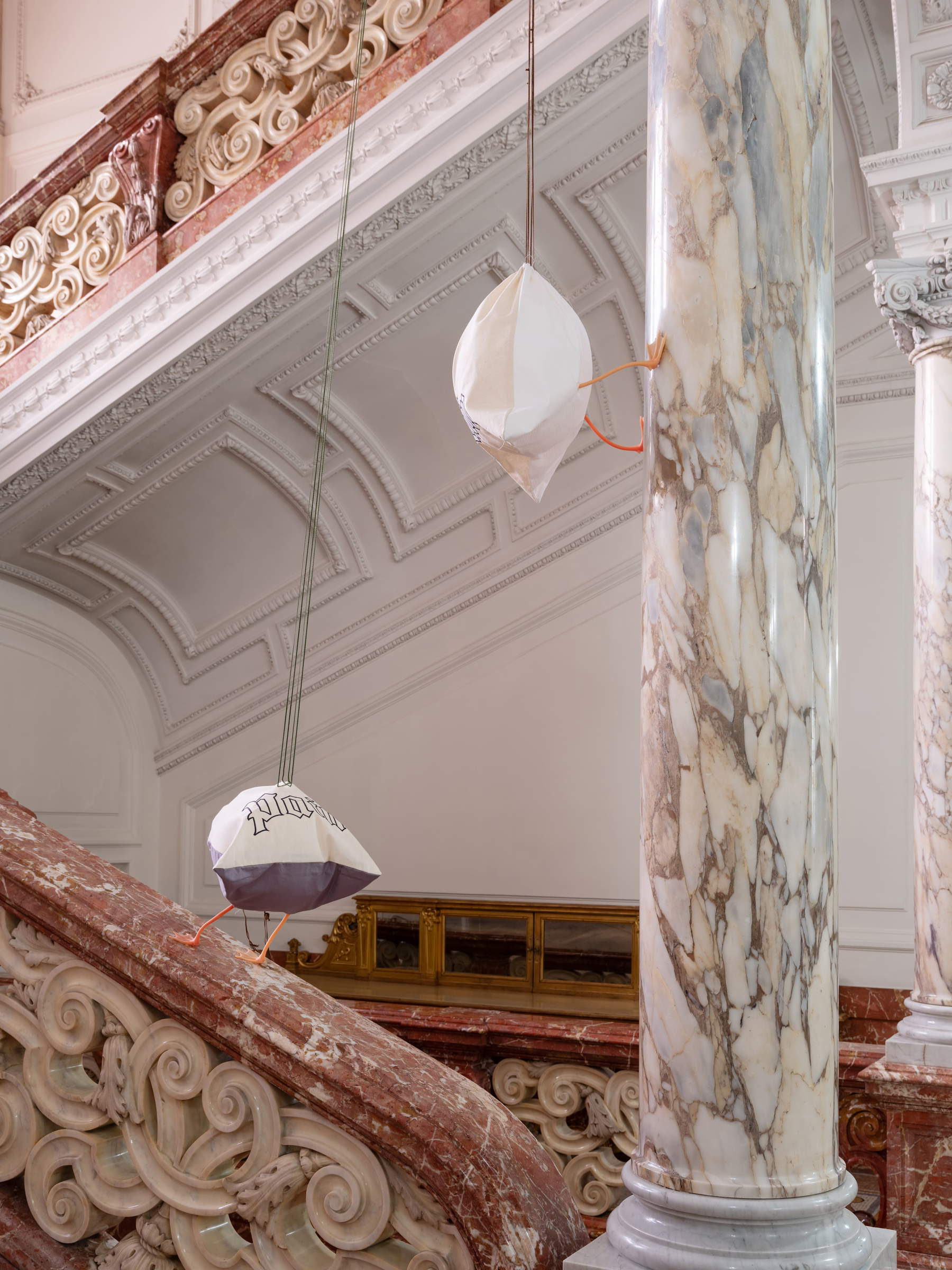
Gianfranco Baruchello (1924-2023) lived and worked between Rome and Paris. His research was transversal: painting, objects, sculpture, film, writing and installation. After a group show in New York in 1962 (Sidney Janis Gallery), he exhibited in Rome (La Tartaruga, 1963) and New York (Cordier & Ekstrom, 1964). In the 1960s he experimented with plexiglass and aluminum; in 1968 he founded the fictitious Artiflex. In the 1970s he started Agricola Cornelia S.p.A., linking art and agriculture; in the 1990s he designed Il Giardino and Il Bosco. In 1998 he created the Baruchello Foundation with Carla Subrizi. He has exhibited in major international museums, with retrospectives in Rome, Hamburg, Karlsruhe, Milan, London, Nice and Rovereto.
Binta Diaw (Milan, Italy, 1995) is an Italian-Senegalese artist. She trained in Brera and Grenoble. She investigates themes related to migration, identity and the black female body. She works with natural materials such as hair, earth, seeds and textiles. She has exhibited at the Gwangju Biennale, Manifesta 15, MAXXI (Bvlgari Prize), Liverpool Biennale, La Casa Encendida, Reiffers Art Initiatives, Berlin Biennale and Savvy Contemporary, among others.
Gina Fischli (Zurich, 1989) lives and works in her hometown. She studied in Hamburg and at the Royal Academy in London. Starting with set design, she creates sculptures and installations that transform everyday objects into poetic and ambiguous figures. She has held solo exhibitions in Geneva, Zurich, and Essen and participated in group shows in Aspen, London, Riga, Basel, Freiburg, and Geneva.
Pauline Julier (Geneva, 1985) is an artist and filmmaker. She studied Political Science and Photography, participating in the Art and Politics program directed by Bruno Latour. She combines art and science to reflect on the relationship between humans and nature. He has won two Swiss Art Awards and participated in Critical Zone (ZKM). In 2024 he exhibited at the Aargauer Kunsthaus and is working on his first feature film.
Oz Oderbolz (Lucerne, 1988) works between installation, performance, sculpture, and curating. With a queer and intersectional approach, he reworks patriarchal and nationalist symbols. She studied physical theater and visual arts in Zurich. He received the Werkbeitrag of the Canton of Zurich. Recent exhibitions include Kunstmuseum Luzern, Last Tango, Basel Social Club, Rote Fabrik and Coalmine.
Sergio Rojas Chaves (Venezuela, 1992) is an artist and activist, trained in architecture and community development. He collaborates with plants and animals, proposing an affective, non-anthropocentric aesthetic. He has exhibited at Stadtgalerie Bern, Salon ACME (Mexico), MAI (Riyadh), Kunsthaus Baselland, MADC (San Jose) and other international spaces.
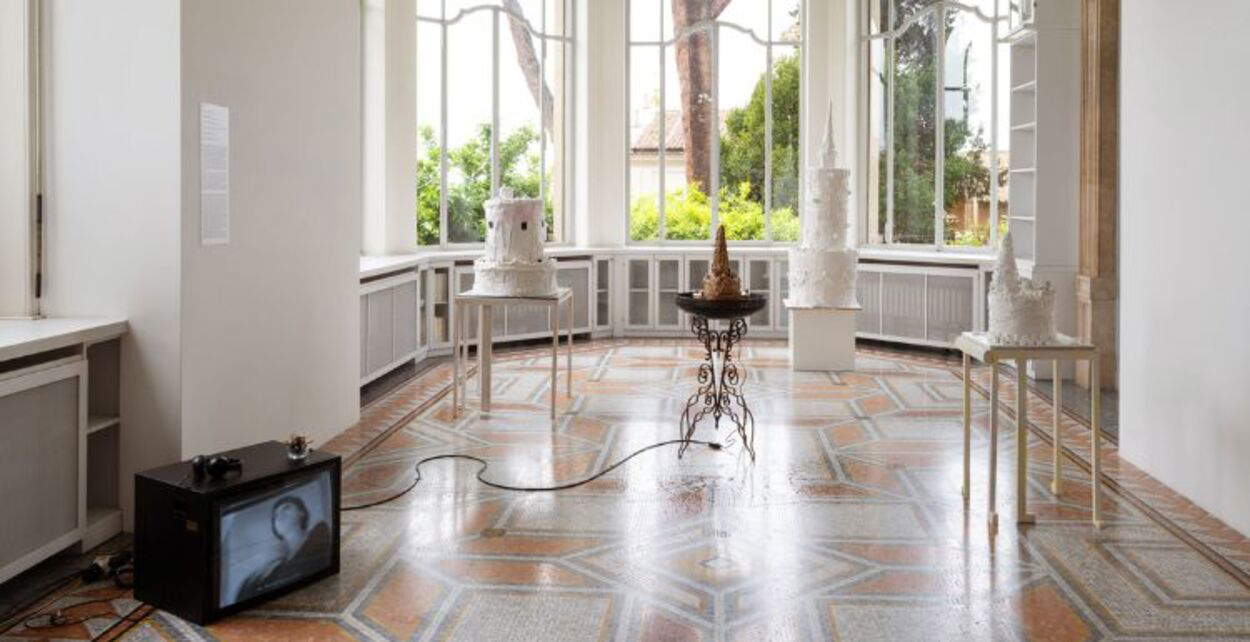 |
| The Swiss Institute in Rome investigates the exploitation of natural resources in an exhibition |
Warning: the translation into English of the original Italian article was created using automatic tools. We undertake to review all articles, but we do not guarantee the total absence of inaccuracies in the translation due to the program. You can find the original by clicking on the ITA button. If you find any mistake,please contact us.